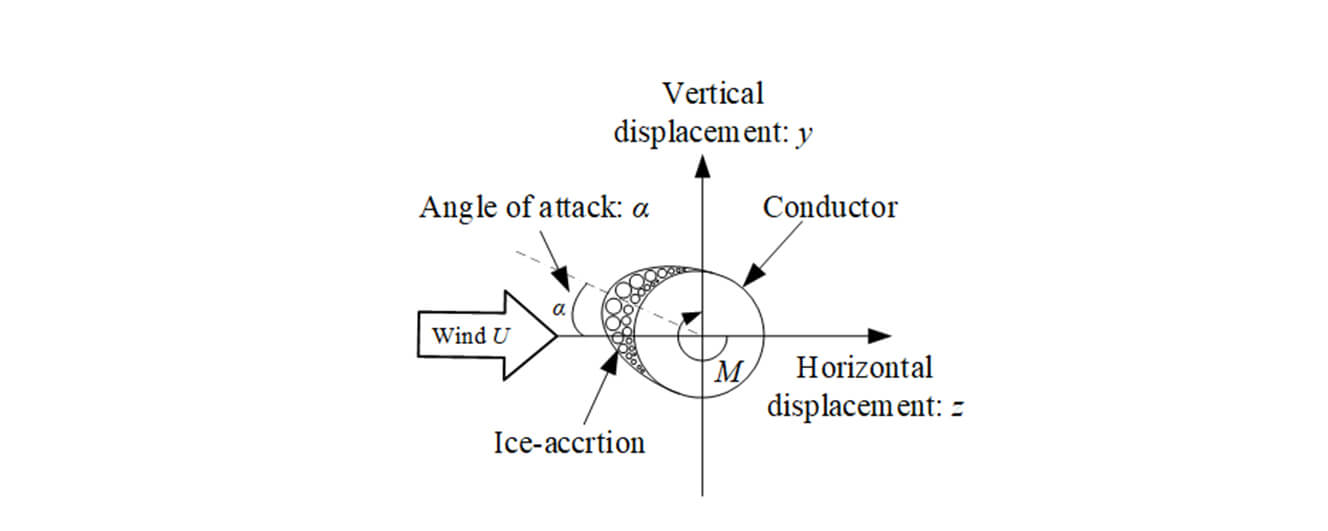 Open Access
Open Access
ARTICLE
Numerical Analysis of the Influence of Turbulence Intensity on Iced Conductors Gallop Phenomena
1
School of Automation & Electrical Engineering, Lanzhou Jiaotong University, Lanzhou, 730070, China
2
Rail Transit Electrical Automation Engineering Laboratory of Gansu Province, Lanzhou Jiaotong University, Lanzhou, 730070,
China
3
Operation and Maintenance Department, State Grid Shanxi Electric Power Company Daixian Power Supply Company, Daixian,
034200, China
* Corresponding Author: Yanzhe Li. Email:
Fluid Dynamics & Materials Processing 2023, 19(10), 2533-2547. https://doi.org/10.32604/fdmp.2023.027471
Received 31 October 2022; Accepted 11 April 2023; Issue published 25 June 2023
Abstract
Turbulence is expected to play a relevant role in the so-called conductor gallop phenomena, namely, the highamplitude, low-frequency oscillation of overhead power lines due to the formation of ice structures and the ensuing effect that wind can have on these. In this work, the galloping time history of a wire with distorted (fixed in time) shape due to the formation of ice is analyzed numerically in the frame of a fluid-solid coupling method for different wind speeds and levels of turbulence. The results show that the turbulence intensity has a moderate effect on the increase of the conductor’s aerodynamic lift and drag coefficients due to ice accretion; nevertheless, the corresponding changes in the torsion coefficient are very significant and complicated. A high turbulence intensity can affect the torsion coefficient in a certain range of attack angles and increase the torsion angle of the conductor. Through comparison of the galloping phenomena for different wind velocities, it is found that the related amplitude grows significantly with an increase of the wind speed. For a relatively large wind speed, the galloping amplitude is more sensitive to the turbulence intensity. Moreover, the larger the turbulence intensity, the larger the conductor’s vertical and horizontal galloping amplitudes after icing. The torsion angle also increases with an increase in the wind speed and turbulence intensity.Graphic Abstract

Keywords
Cite This Article
 Copyright © 2023 The Author(s). Published by Tech Science Press.
Copyright © 2023 The Author(s). Published by Tech Science Press.This work is licensed under a Creative Commons Attribution 4.0 International License , which permits unrestricted use, distribution, and reproduction in any medium, provided the original work is properly cited.


 Submit a Paper
Submit a Paper Propose a Special lssue
Propose a Special lssue View Full Text
View Full Text Download PDF
Download PDF Downloads
Downloads
 Citation Tools
Citation Tools